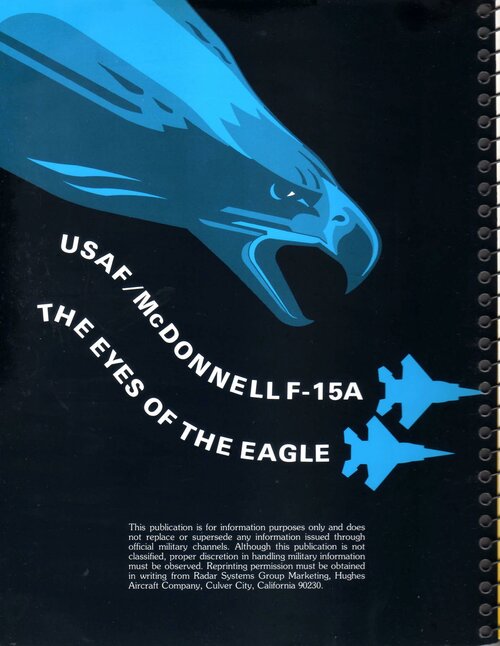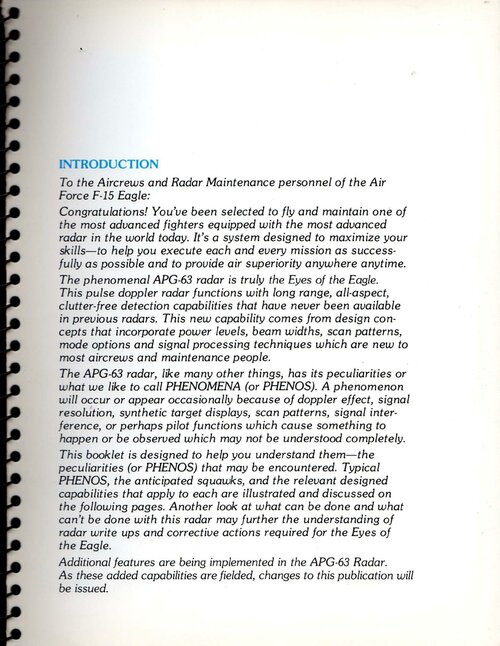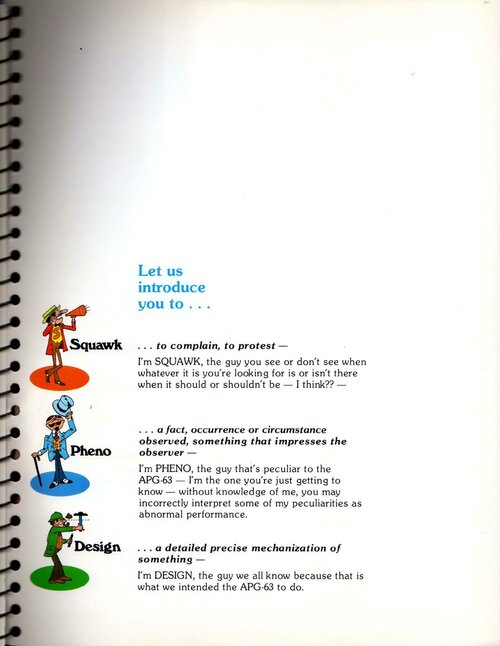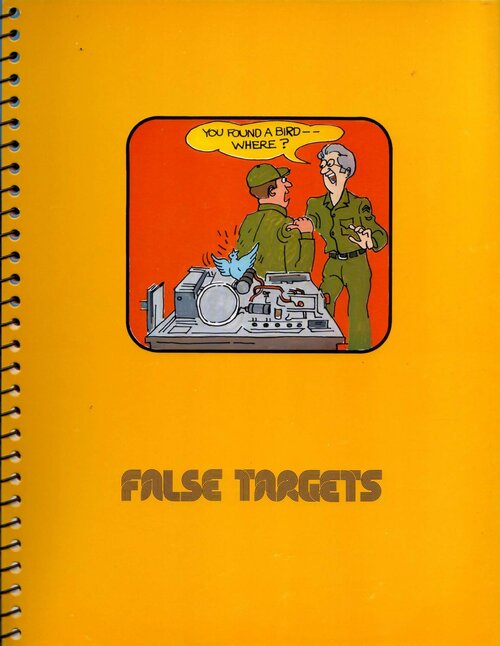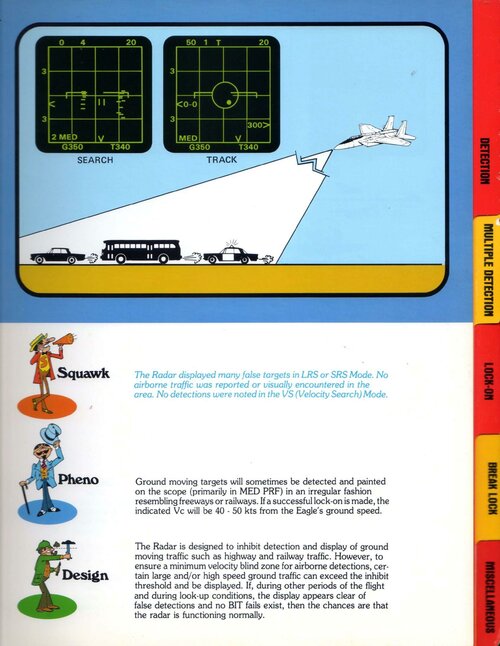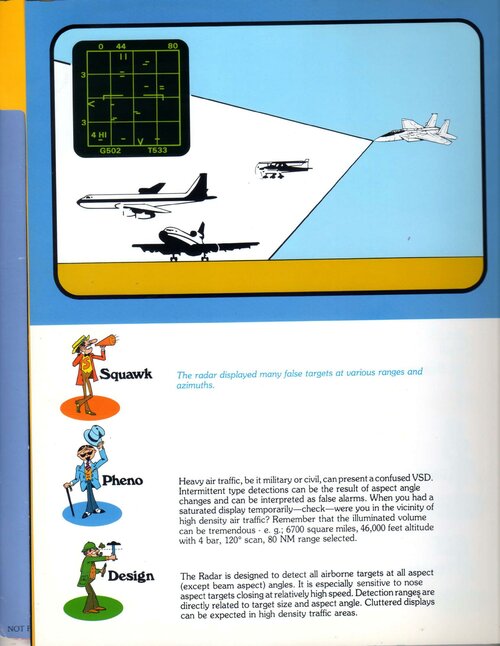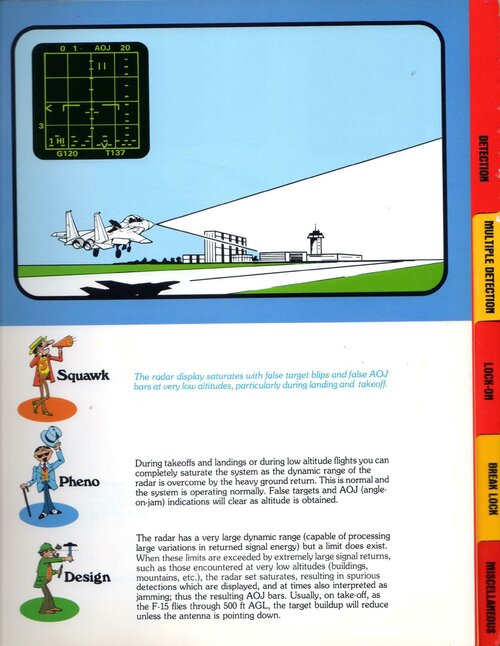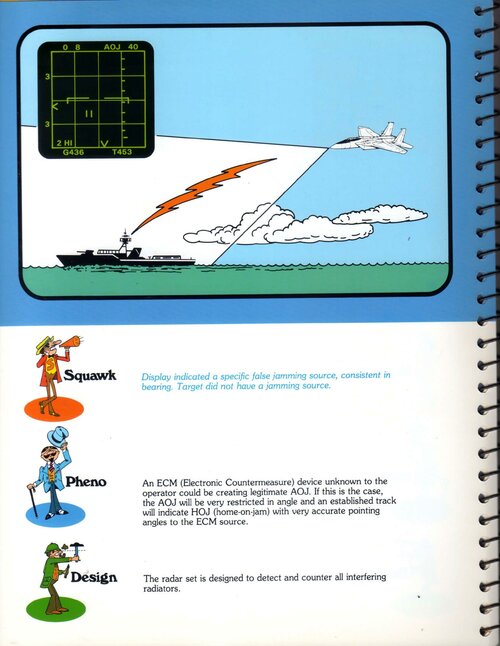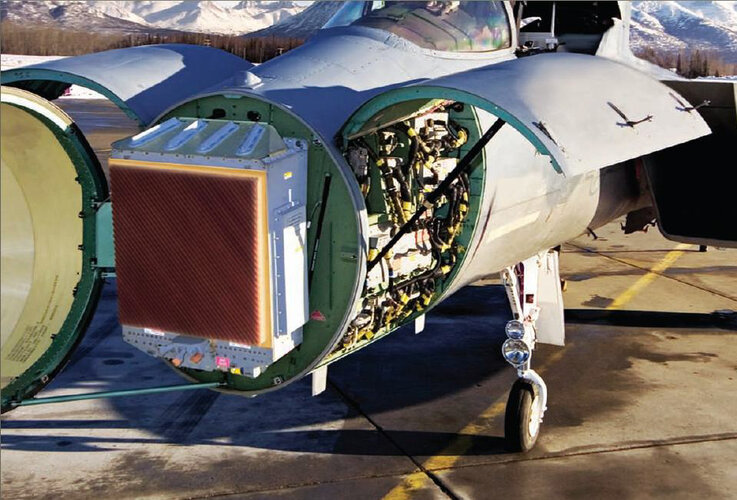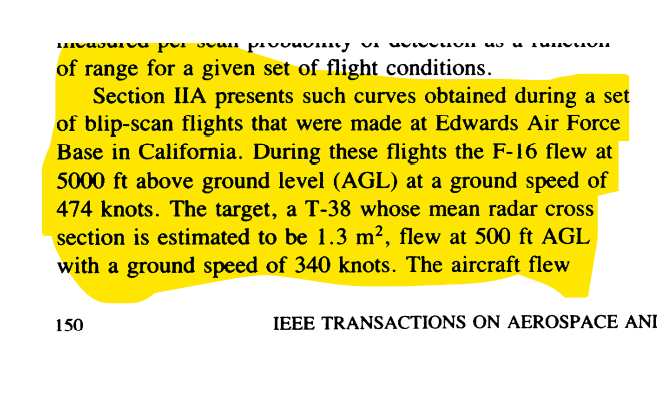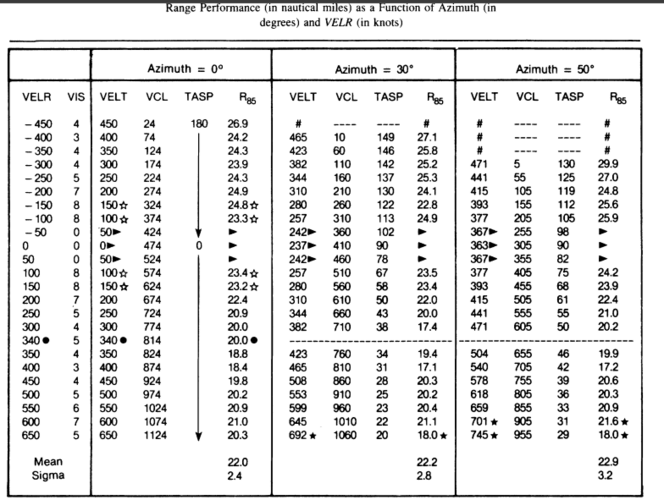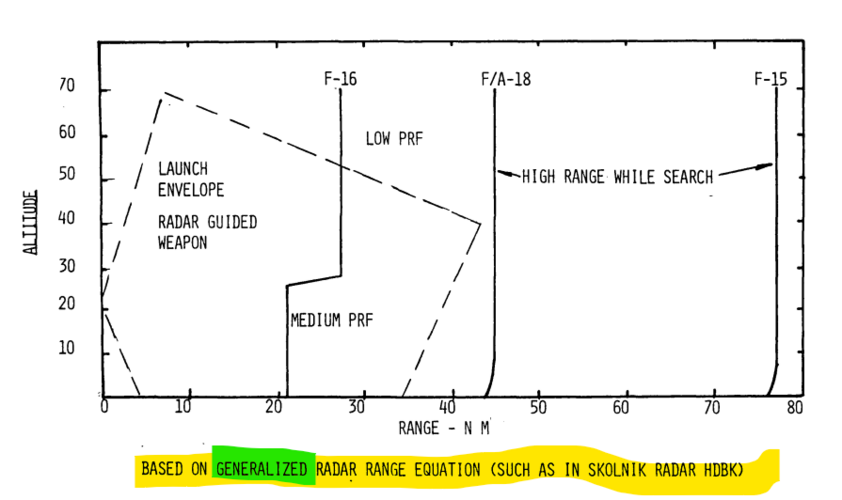- Joined
- 3 June 2011
- Messages
- 18,334
- Reaction score
- 12,221
I read somewhere it required 600lbs of ballast to be added to the tail.I actually did some digging and antidotally I found APG-63(v)2 is much heavier then any other member of its family, like 400kg. It requires significant weight be added to the back for balance. The software was tailored for finding cruise missiles and normal modes found on other versions of apg-63 weren’t added till around 2005. They would be paired with a normal F-15 for cruise missile hunting. Looking for something official looking that says that now.Not much beyond that. The US had several AESA's in the pipeline around that time. These were in production systems but their official in-service date was tied to aircraft milestones and not their own maturity. I believe the first F-22 fitted with the APG-77 flew around the same time as the F-15's did with their AESA's.


